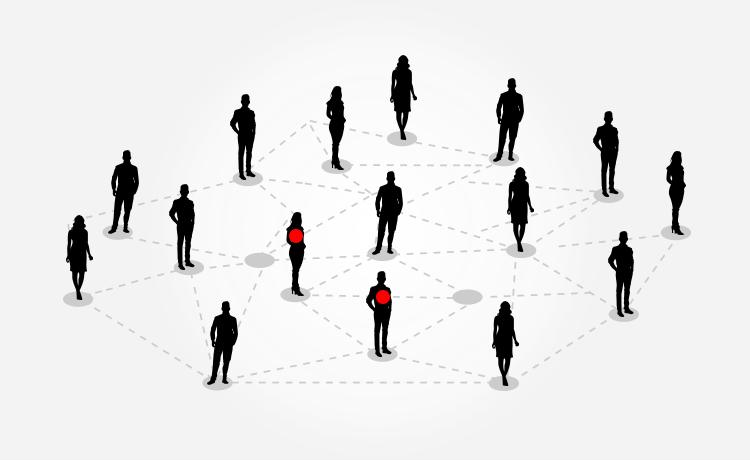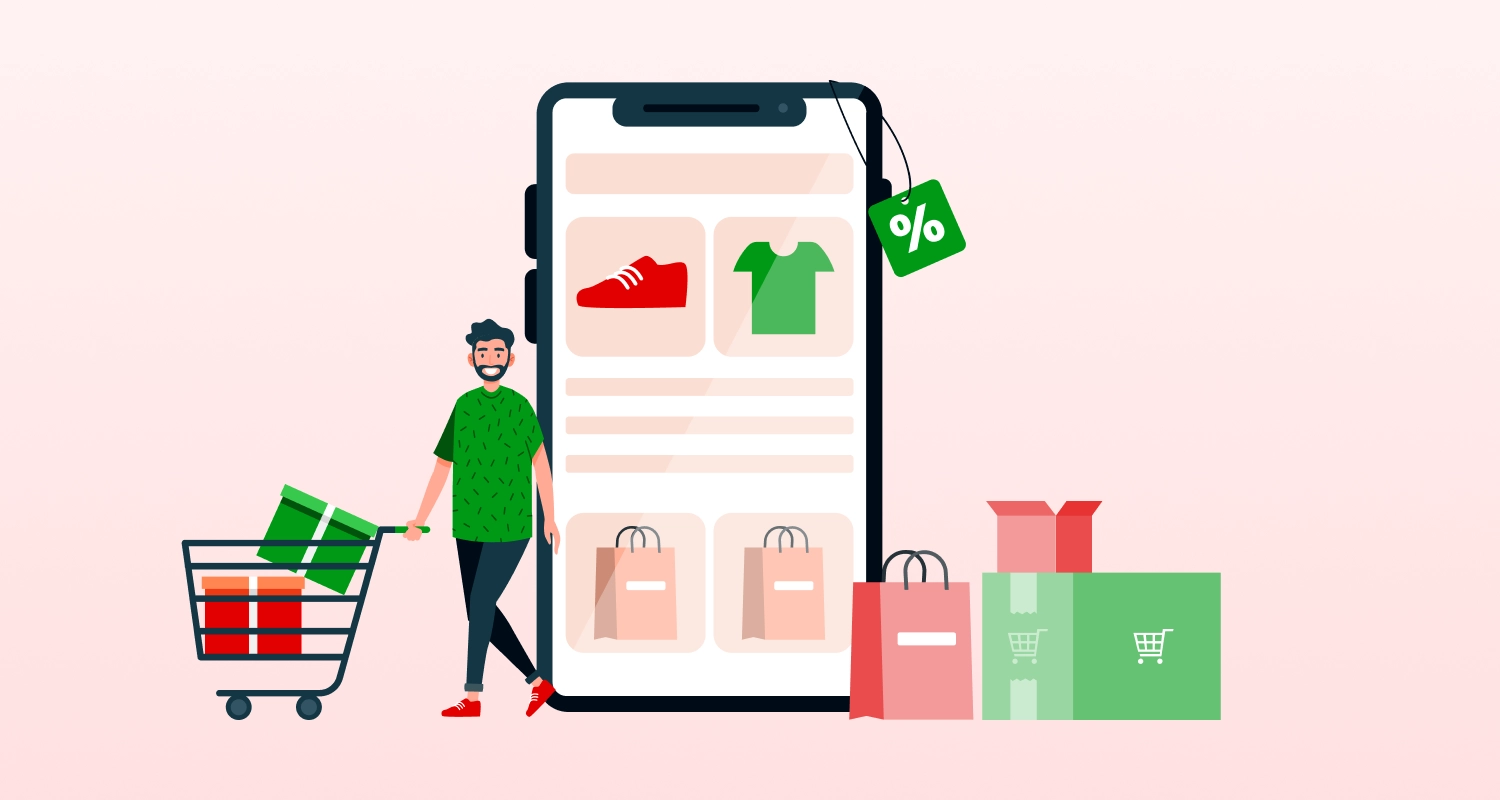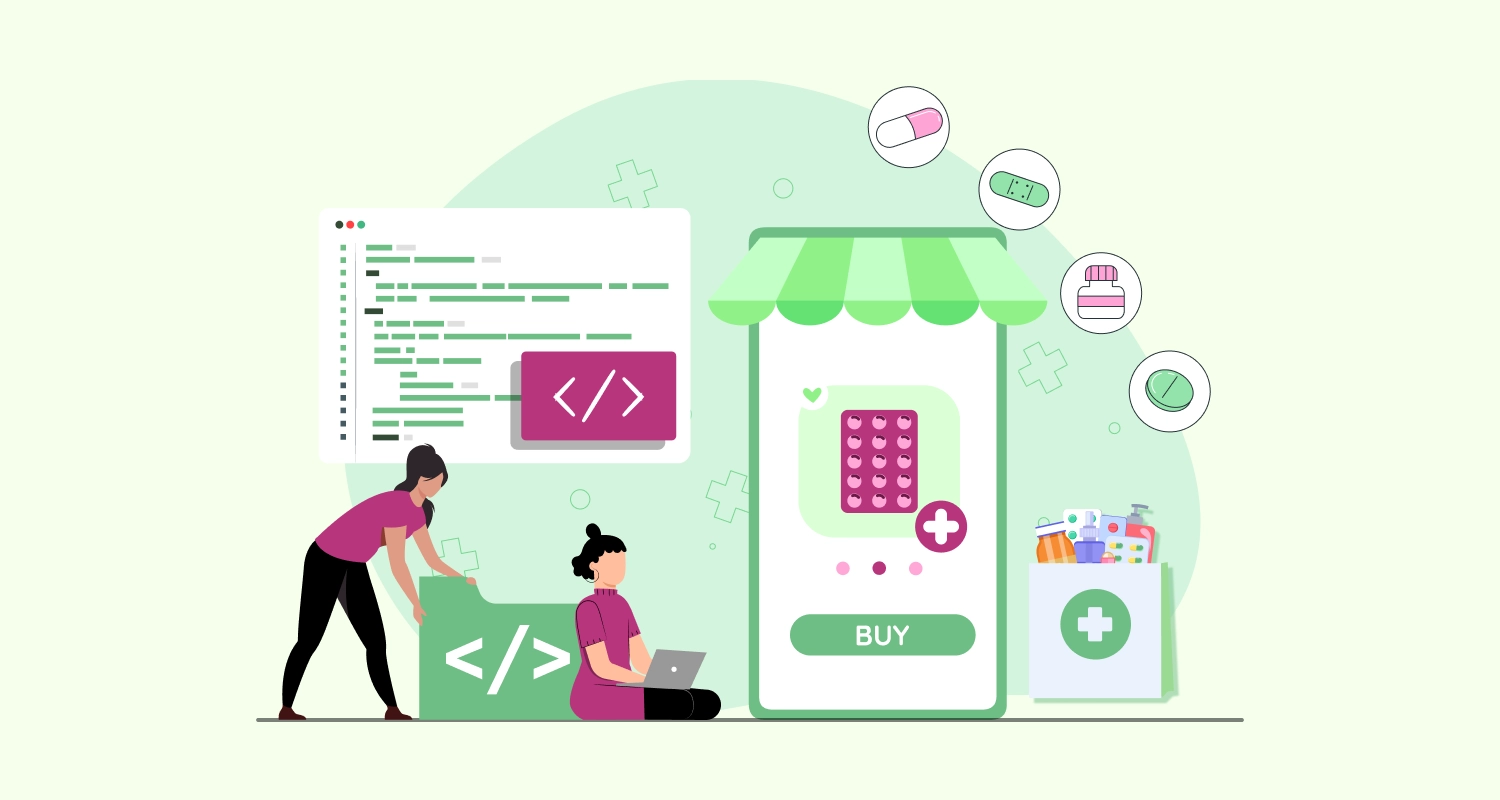As we are writing this article the whole globe is battling the disastrous effects of COVID-19 pandemic and people in most parts of the globe are put under strict lockdown limiting the free movement of people and paralyzing the social and economic activities. Already the death toll reached a whopping number of more than 700,000 and still counting. Though some worst-affected countries already flattened the curve of the spread of the disease to a great extent, in other parts of the globe including many large and densely populated countries the threat is still at the thriving stage and the governments and healthcare facilities in these countries are busy battling the disease.
Everyone knows that the characteristics of this contagion include a large number of asymptomatic cases. The affected COVID-19 patients with no significant symptoms are posing the biggest threats for the early diagnosis and preventive quarantine measures to stop the spreading of the infection. For preventing the spread of the contagion, tracing the contacts of the diseased or infected patients is extremely important and often frail surveillance cameras and non-reliable information about the whereabouts of patients prove to be less sufficient.
This is exactly why many medical researchers and administrators are of the opinion that digital methods and applications can be more successful in contact tracing of infected people. Building dedicated mobile apps for contact tracing of COVID-19 patients can be a great measure. Question is, how effective such contact tracking app development can be for the said objective. Secondly, how to build such an app? Well, these are the questions we are going to explain throughout this post.
Read More: How Businesses Can Boost Revenue Earning During The COVID-19 Crisis?
Coronavirus Contact Tracing App: What Exactly It Is?
To define it in the simplest language, the contact tracing app for COVID-19 is the kind of mobile app that by communicating with the infected patients through Bluetooth and by storing their contact and location data right inside the device storage can help authorities to get a clear picture of the patient’s whereabouts and activities. Let’s see how such a system really works.
As soon as someone is tested positive for COVID-19 and is registered in the system, automatically the app allows the government to trace all the contacts who came in touch with the infected person. The contact tracing data coming with the exact time and dates of contact provide a clear geographical and time-based map of all the contacts. Based on this data the government officials further can communicate with these people who came in touch with the infected person and can isolate or quarantine them or put them under COVID-19 testing.
Such contact tracing smartphone apps represent just the basic type of app that healthcare and administrative experts are presently looking into. Over time such apps can evolve and can expand across several other cases of pandemics or contagious outbreaks. The objective and advantages of contact tracing apps, in any case, remain the same. Obviously, with such an app dealing with pandemics and contagious outbreaks will be a lot easier for us in the future. if the possibilities of such solutions become a reality, the governments and healthcare providers around the world can hire iPhone app developers or Android developers for building their own contact tracing app.
Steps to Build COVID-19 contact Tracing App
Now that the advantages of such a contact tracing app in order to curb a pandemic or virus outbreak are clear to us, we need to go a little deeper and find out the steps and stages through which such a development project should pass through. Let us briefly explain the steps below.
Identifying The Infected Case
Since the app only can allow health officials to trace contacts of a person registered as infected, identifying the infected person is the most important and first step. Since many infectious diseases including COVID-19 remain asymptomatic for several weeks before showing symptoms or getting recovered on its own, this becomes a big challenge.
Understanding The Effective Contact
The very next step is clearly understanding and defining what makes up an effective contact for the said disease or viral infection. Ideally, effective contact is the person in which transmission of the infectious pathogen can easily take place. This definition can further be expanded to consider all people coming into touch with the infected person, in case the disease shows a severely contagious character while remaining asymptomatic for many people.
This is why, for a severely contagious respiratory virus like the coronavirus, the definition of an effective contact is a lot broader than it had been for other contagions earlier. Ideally, contact to be considered to be probed should come within six feet of the index case or should have physical contact with the index case such as exchanging a handshake or sharing or touching the same object. Since the ways it can be transmitted is still not clear, determining the contacts in the case of COVID-19 is still a lot challenging.
Determining The Time Frame of The Possible Infection
Now as per the definition when you have made a list of effective contacts of the index person, you have to determine the time span for tracing these contracts. This also depends on how long ago the index case has been infected and turned into the carrier of the infection. This requires knowing the time that has passed since the IDEs case has been infected for the first time.
The first phase is called the incubation period, which denotes the time between the first occurrence of the infection and the ability of the infected person to infect others. This incubation period for the coronavirus cases is approximately between 2 to 14 days.
The second important thing that you need to consider is the time between the person getting the infection and then showing symptoms. This time frame can be anything between a single day to several days. That means without developing symptoms the infected person further can infect others and hence this is the most dangerous time that healthcare professionals need to concentrate upon in order to curb the spread of the virus.
At last, you need to keep in account how long an infected person shows the symptoms. The entire length of time since the index case became infected will consist of the incubation period, the asymptomatic but still infected time and the time with symptoms. These three different time spans together have to be considered.
- Interviewing The Primary or Index Case To Find Potential Contacts
With this step, health officials try to get information about the whereabouts of the index person to get an idea of where the infection could possibly spread. Though these steps largely have to rely upon the memories and willingness of the index person to share all information regarding his whereabouts in the entire time span leading to the detection of the disease. The interview has to make a suspect list including anyone who came into physical contact with the infected person or just made an acquaintance maintaining less than 6 feet of distance.
Locating The Potential Contacts
Now that the whole process has successfully made a list of the potential contacts unto whom the disease might have spread, it is the responsibility of the healthcare officials to trace these contacts and take appropriate measures like quarantining or sending them into isolation.
It involves several big challenges as well. The contact may disregard inquiries or can actually refuse to cooperate with the health professionals for the inquiry. Moreover, people out of panic reactions just can abstain from picking calls or meeting the health officials in person.
Sending Potential Contacts To Quarantine or Isolation
The next step is to isolate or quarantine all of these potential effective contacts without losing any time. By sending the people into isolation or quarantine you can prevent them from spreading the infection further. In this respect, we must know the subtle difference between isolation and quarantine. While the first is for the confirmed cases of infection, the second is for people who may be infected by the virus.
Putting The Contact Tracing Output Into Broader Public Health Picture
In this respect, we must not forget that besides the role of contact tracing in preventing the spread of the infection from one person to another, the gathered data can also have a larger role to play in the broader picture of public healthcare. Public health officials by collecting and comparing the different contact tracing data can actually determine trends about how the infection has spread in different regions and across different ethnicities and socio-economic groups. Further analysis may also reveal several underlying demographic, social and cultural factors that are responsible for the spread of the disease in some localities.
Conclusion
The above-mentioned steps provide you a clear example of the various stages of contact tracing that a mobile app needs to take into account. When you build a mobile app for contact tracing of COVID-19 cases it should help health professionals to track the carriers of the infection easily while remaining within the established medical practice and administrative protocols.










